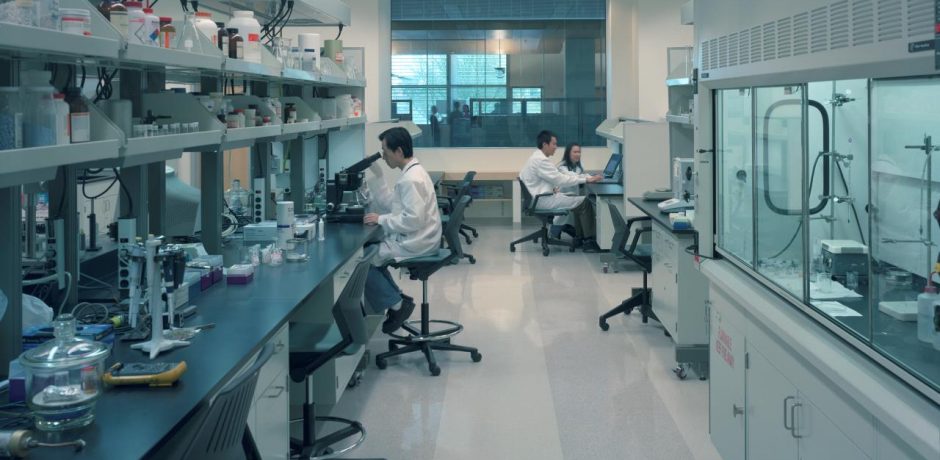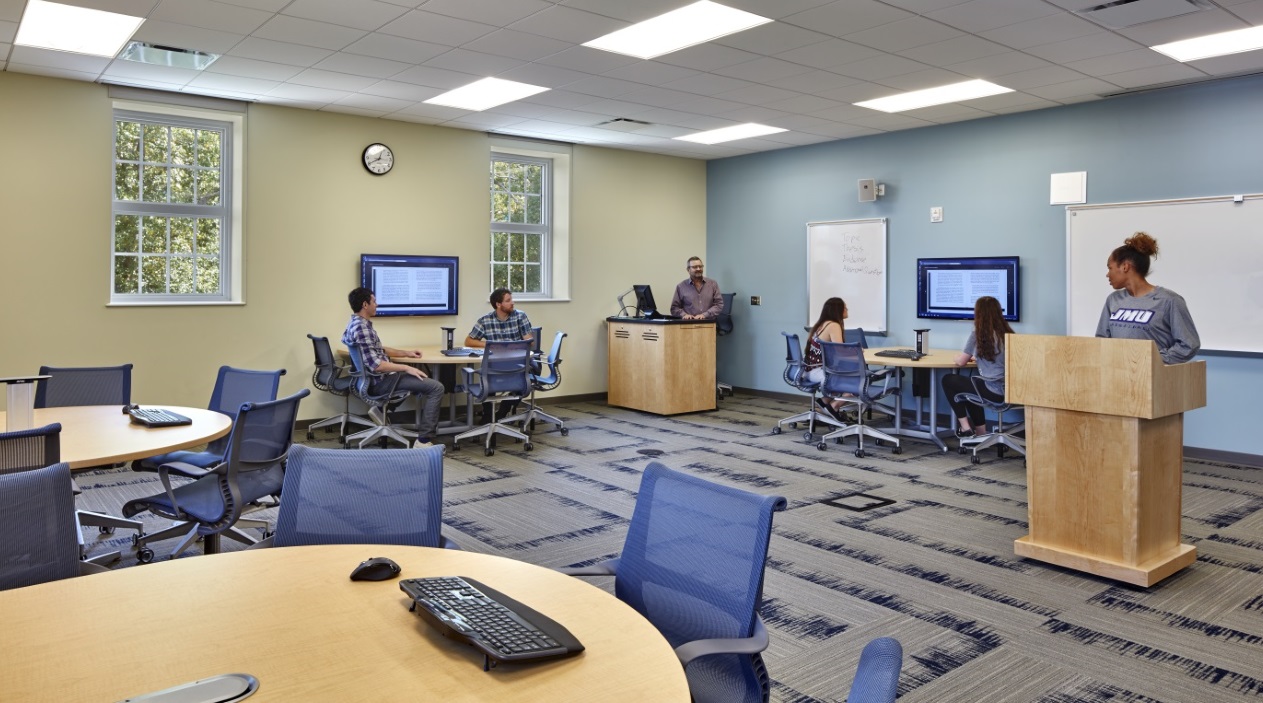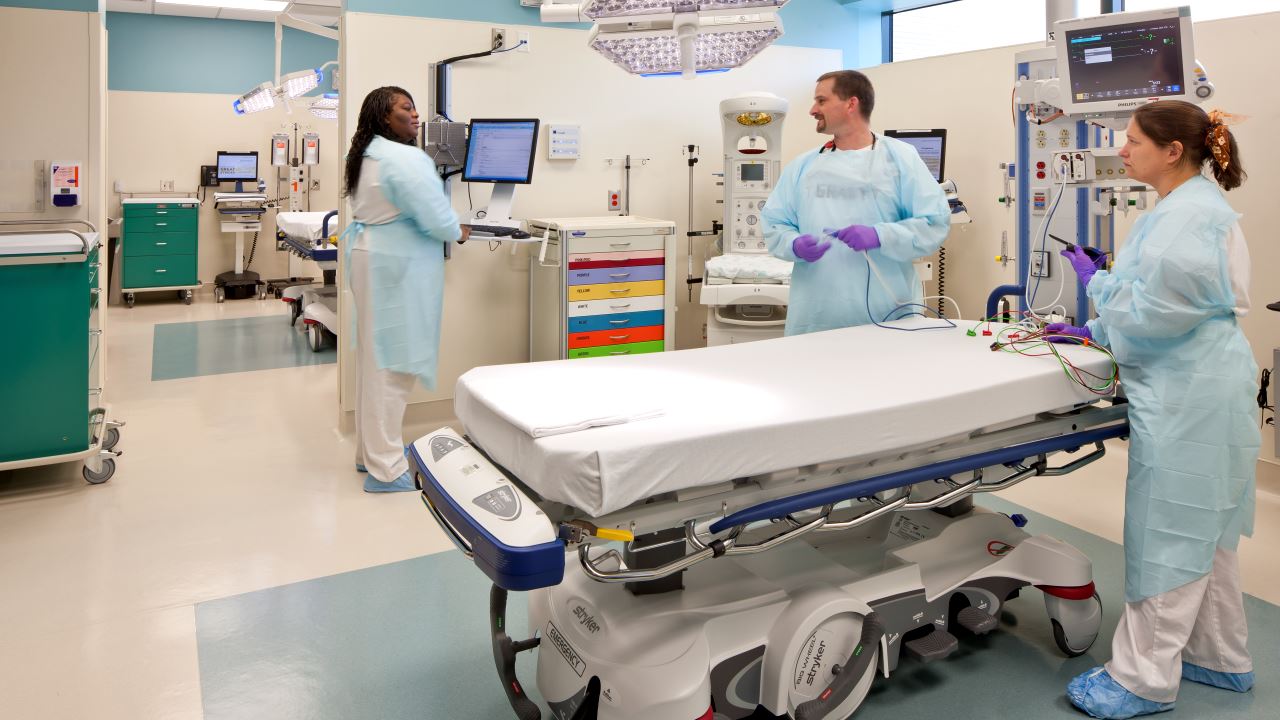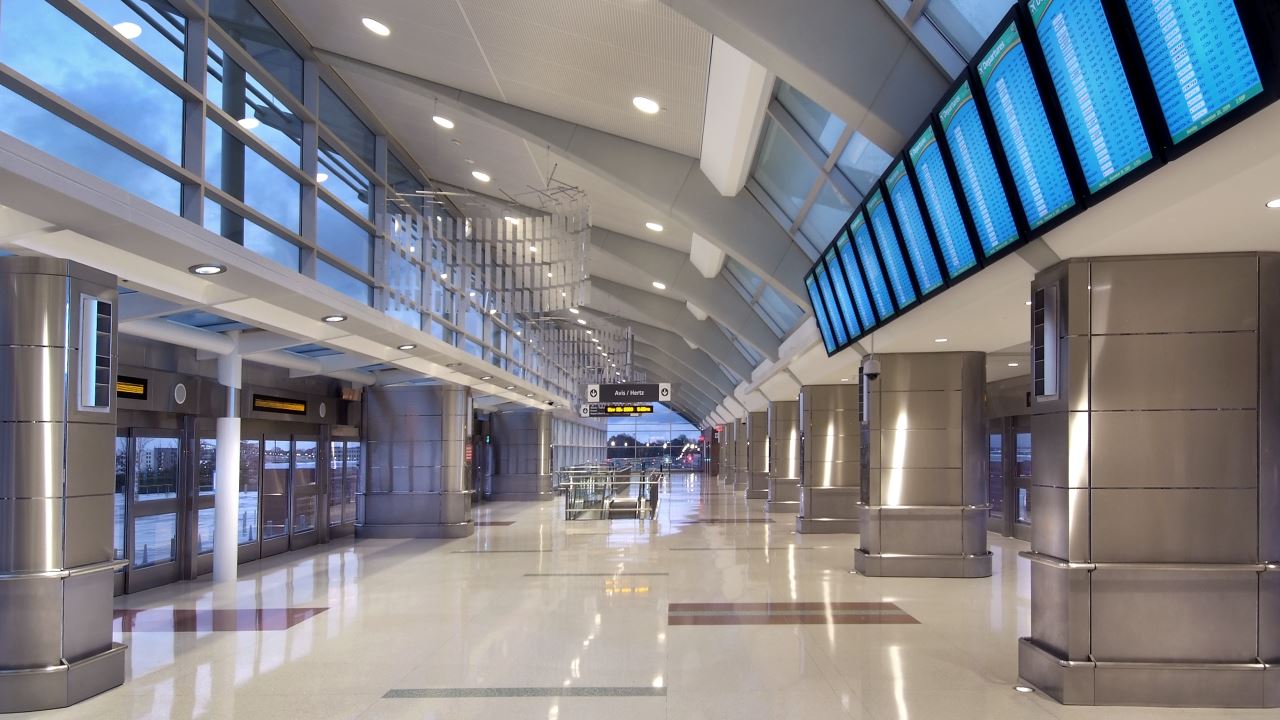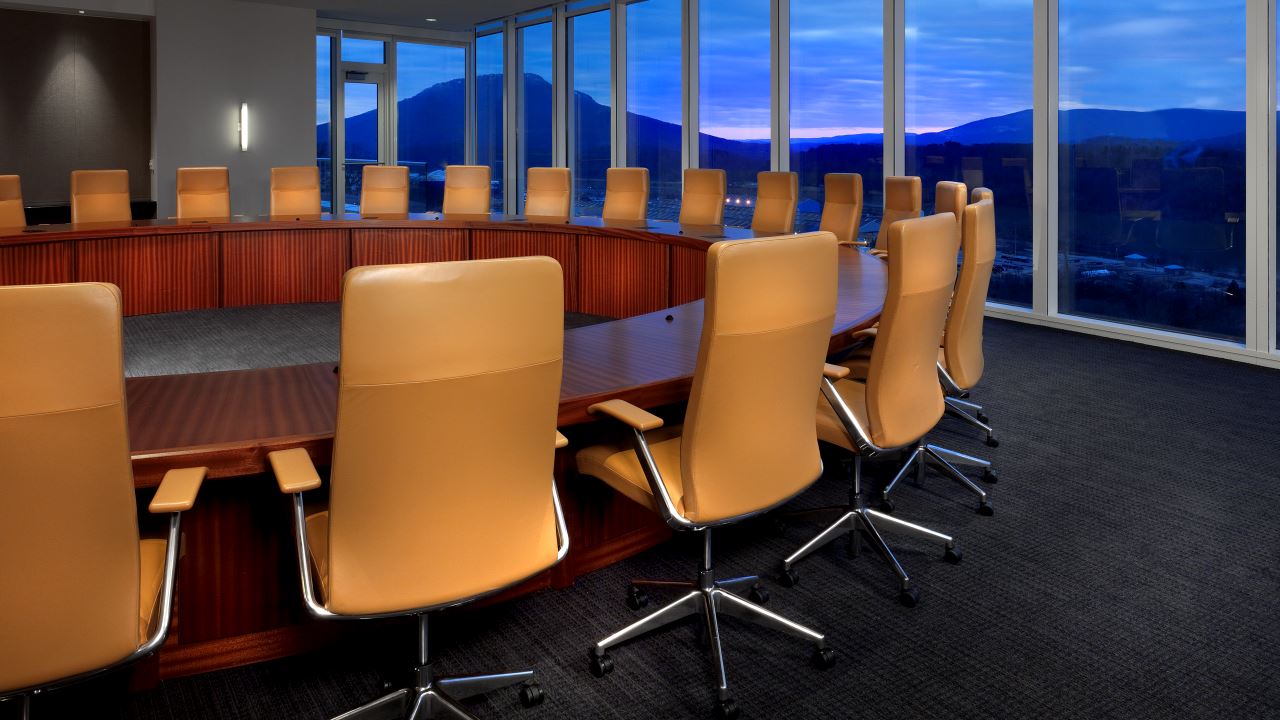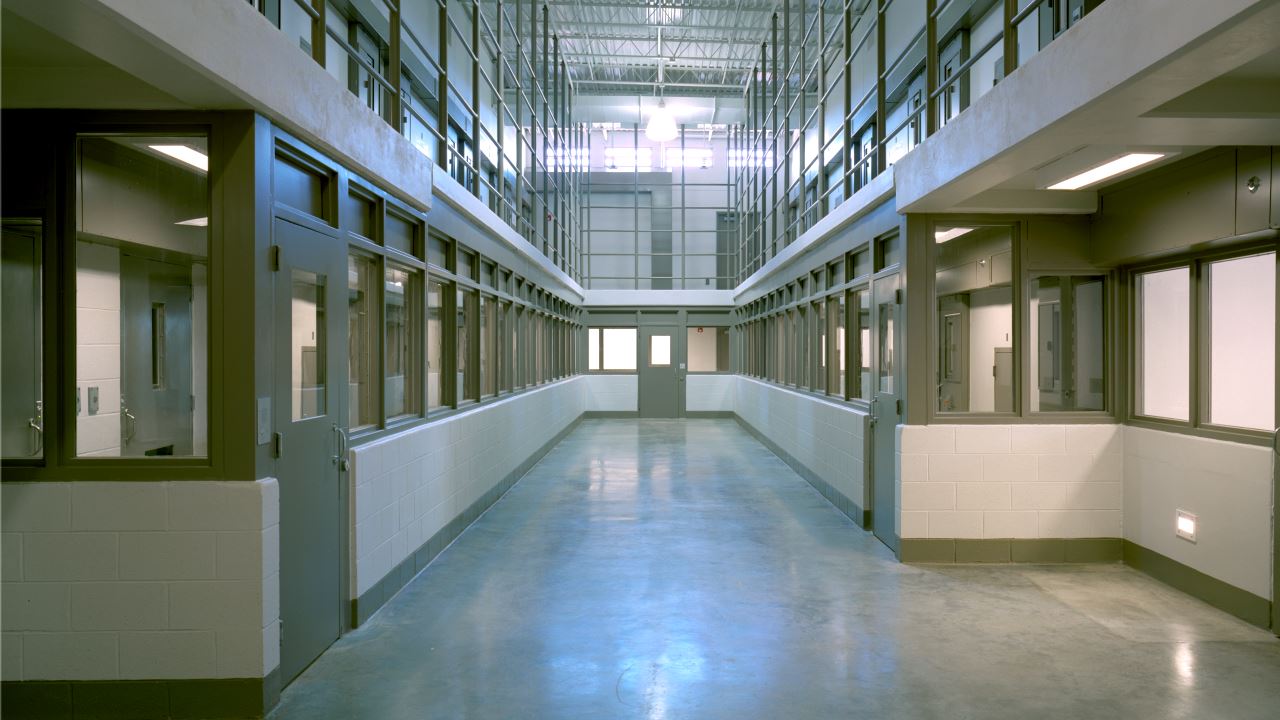Institutional Facilities
Institutional Owners are groups who build, own, renovate, and maintain multiple buildings on a regular basis. These Owners are more likely to be interested in longer payback on initial building capital costs to achieve straightforward maintenance and lower energy consumption. They are sophisticated and know how they want their buildings and consultants to perform. These types of Owners may be in the business of higher education, aviation, healthcare, research, corrections, or corporate activities, among others. They may be public or private. They all have common needs that are different, and in most cases, more complex than those of other Owners.
Designers and Builders
Most institutional Owners have developed relationships with consultants and contractors. They see the value of working with firms that do not have to learn the client’s preferences. They especially see the value in including a contractor on the team during the design phase. In whatever capacity, construction manager, pre-construction services, or construction manager at risk, the construction component of the team can help keep the design and the Owner’s budget closely matched and optimized.
Facility Documentation
An institutional building might have a life of 40 to 50 years, whether originally anticipated or not. Over this lifespan, the function of parts, or even the whole building, may change several times. Accurate and complete record drawings, submittals, and operations and maintenance manuals are critical to maximizing the efficiency of future renovation projects. A design team or commissioning authority that will carefully review and monitor this documentation process is an invaluable asset to an institutional owner.
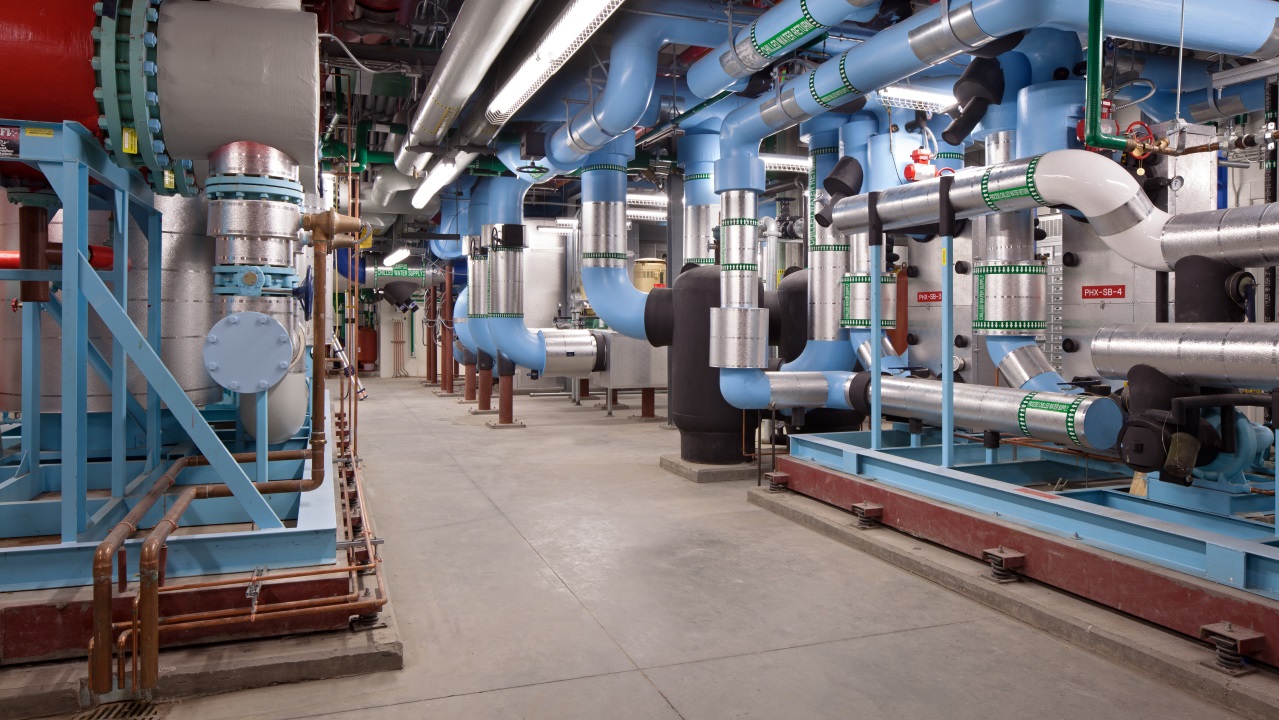
Central Utilities
For many economic reasons, institutional owners are much more likely to utilize centrally located utilities. Central refrigeration and heating plants can drastically reduce maintenance costs due to the co-location and reduced quantity of equipment. Energy costs can also be minimized due to the operating efficiency of fewer, larger, pieces of equipment. If redundancy of utility services is important, a central plant can also save initial costs. The main equipment for other systems should be considered for location in the central plant: for example, emergency power engine-generator sets, laboratory or medical gas manifolds, sprinkler system fire pumps, or domestic water pressure booster pumps.
Multiple Owners
Often, institutional buildings are used and occupied by different groups than those that actually own the building. For example, a university may own a research laboratory, but the building is occupied by academic research personnel, or a federal government building may be owned by the General Services Administration, but be used by any number of different federal agencies. This arrangement presents a duality to the normal Owner position. From the designers’ and builders’ perspective, there are now two Owners. While both are dedicated to the successful completion and usage of the facility, one is more interested in construction and operating costs, while the other is more interested in the convenient usage of the facility in furtherance of its mission. A skilled design team is required to provide a facility that satisfies both groups.
Criteria/Standards
Many institutional Owners have committed their desires and requirements to writing. By having clear and concise written requirements, they can ensure that multiple designers and builders will all know the Owner’s minimum expectations. Written criteria also allow the Owner to standardize on specific manufacturers. If an institutional Owner’s facilities contain 2000 flush valves, maintenance costs can be significantly reduced if the allowable manufacturers are limited to two or three. If these standards do not exist, a design firm experienced in working with institutional Owners can be retained to produce them.
4 Traits Owners Need in a Design Team
- Accuracy in record drawings, submittals, and operations and maintenance manuals
- Consideration of energy and maintenance costs
- Proficiency and understanding in creating a design that satisfies Owner goals and budget and needs of the User
- Experience working with instituional Owners

